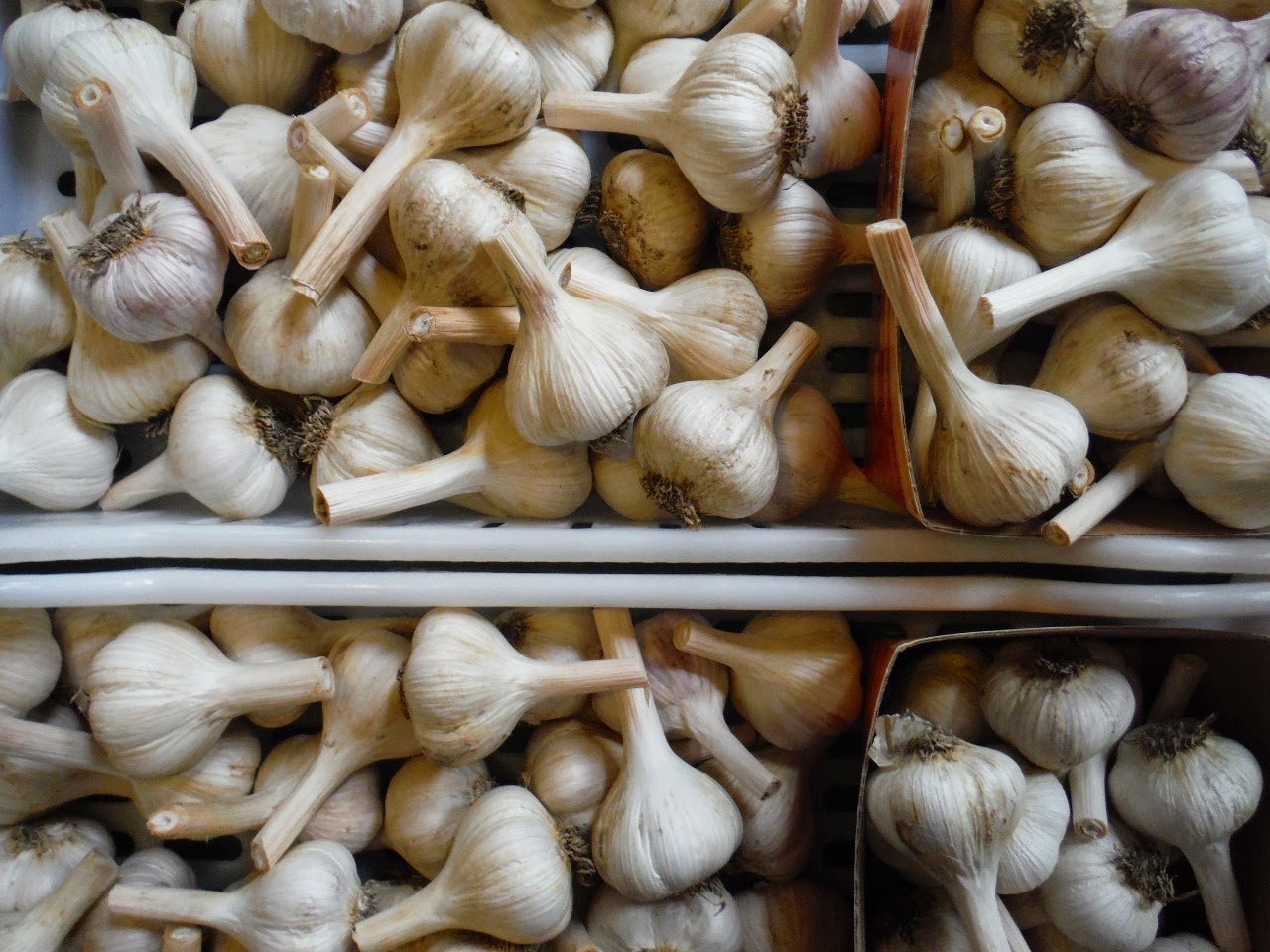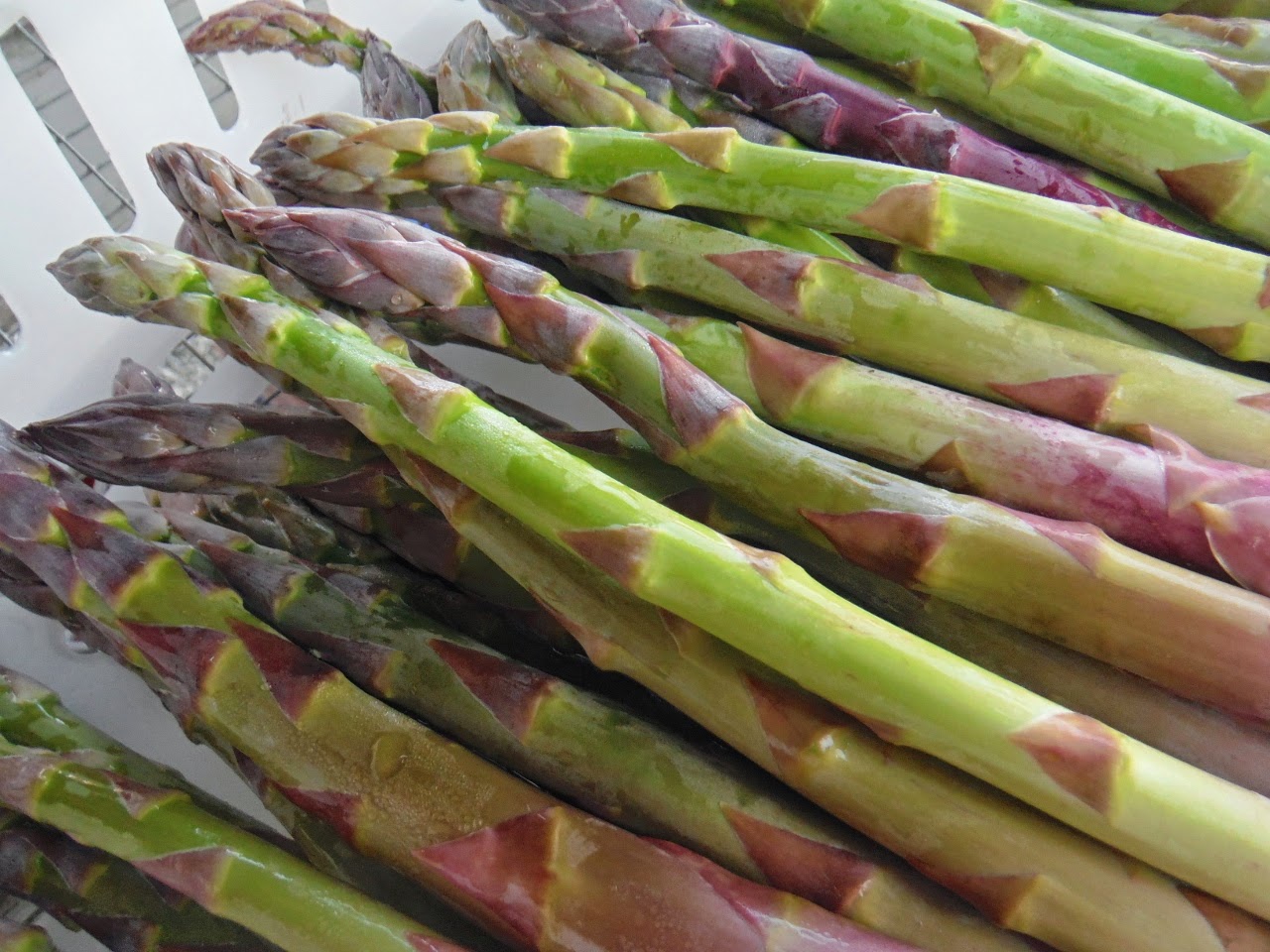RED RUSSIAN KALE F/P
GREEN BUTTERHEAD LETTUCE F/P
RED BUTTERHEAD LETTUCE F
RED LEAF LETTUCE F/P
GREEN ONIONS F/P
SPINACH F
CHIVES AND CHIVE FLOWERS F/P The chive flowers are a pretty salad topping!
MINT AND TARRAGON F
PEA SHOOTS F/P Read Tom’s post for more info. on this succulent Spring treat.
NEXT WEEK: More salad greens and herbs, Swiss chard, green garlic, bok choy
FARM REPORT:
Welcome to Week One of the 24-week CSA Season! We are happy to welcome both those of you who have been with us through the years and those who are brand new to our CSA and farm.
For the newbies, thank you for taking the plunge! The first season is often a period of adjustment as you learn how to eat seasonally in our region. We grow crops that thrive in our climate and in our organic soil which is pretty opposite of the American diet where we can eat everything any time we please. So, to assist in the dietary shift you are about to make, each week Farmer Tom will cover some of the less usual crops and how to enjoy them. Every week I (Rebecca) list what is in the share for the week and give a quick farm report. And, that’s my cue…
The field harvest for the CSA began today when we brought in a few hundred lettuce heads for the shares tomorrow. The lettuce crop is plentiful. Two plantings have ripened concurrently so we have double what we need. Blame the warm Spring for the fact that you will eat lots of salad for the next month or so.
We had five inches of rain in ten days, so there was a period of time when we couldn’t do much in the fields. We have made up for lost time since, with all the Spring crops getting a nice weeding with the tractor.
We then shifted gears to the Summer crops of tomatoes, peppers and eggplant and were able to get several hundred of each of those crops planted thanks to our transplanter and the crew putting in extra hours last weekend.
Right before the rain on Sunday we also managed to do something we had never done before: put the chickens in the high tunnel. The CSA members helped us glean the last of the worthwhile crops out of the structure ahead of the move. We made sure to leave them plenty of less-than-desirable plants to pick at. They appear to be enjoying their new environment. It is staying dry for them for now until we remove the plastic cover when we find the time. We are hoping that their stay will lead to a healthier, more fertile high tunnel going forward. Thank you, chickens! And thank you to all of our CSA families for your support! This family farm is feeling grateful!
.jpg)
.jpg)
.jpg)
.jpg)




